How to manage invoices via Invoice Management Tool?
- 5 May 25
- 10 mins
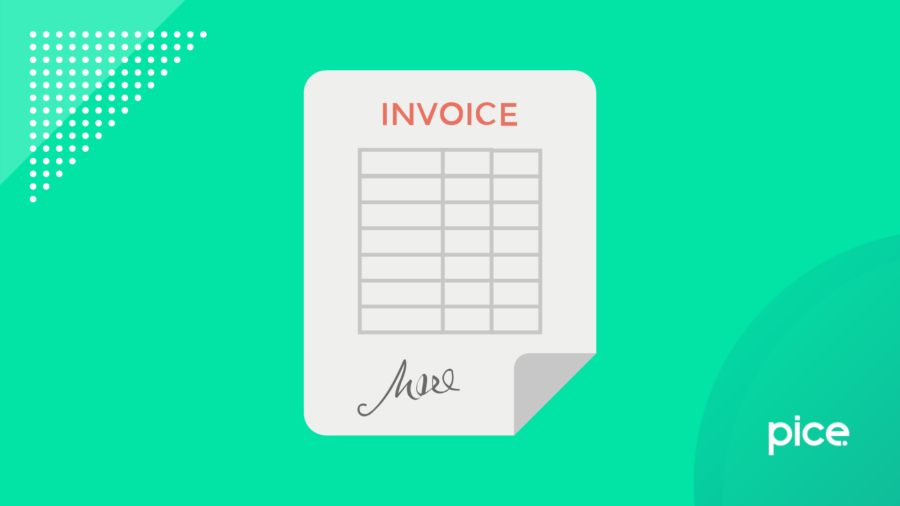
How to manage invoices via Invoice Management Tool?
- What is invoice management?
- Why is invoice management important?
- What are the different types of invoices?
- What are the biggest challenges in invoice management?
- How to manage invoices?
- Manual invoice management process
- Automated invoice management process
- Difference between manual and automated invoice management: which is best?
- The Transition of Automated Invoice Management Systems
- Conclusion
Key Takeaways
- Invoice management ensures accurate tracking of procurement expenses and supports better cash flow control.
- There are various types of invoices—such as interim, proforma, final, and credit—that serve different business purposes.
- Manual invoice processing is time-consuming and error-prone, making it inefficient for large-scale operations.
- Automated invoice management systems enhance accuracy, speed, and compliance while reducing operational costs.
- Despite initial setup costs, transitioning to automated invoice management offers long-term scalability and efficiency.
Effective invoice management is essential for maintaining healthy cash flow and strong client relationships. An invoice serves as a formal request from a seller to a buyer for payment for goods or services rendered. While it is often mistaken for a bill, an invoice carries more detailed information and plays a crucial role in business accounting.
In this article, we will explore everything you need to know about how to manage invoices, including the different types of invoices, common challenges businesses face, and best practices for handling both automated and manual invoicing processes efficiently.
What is invoice management?
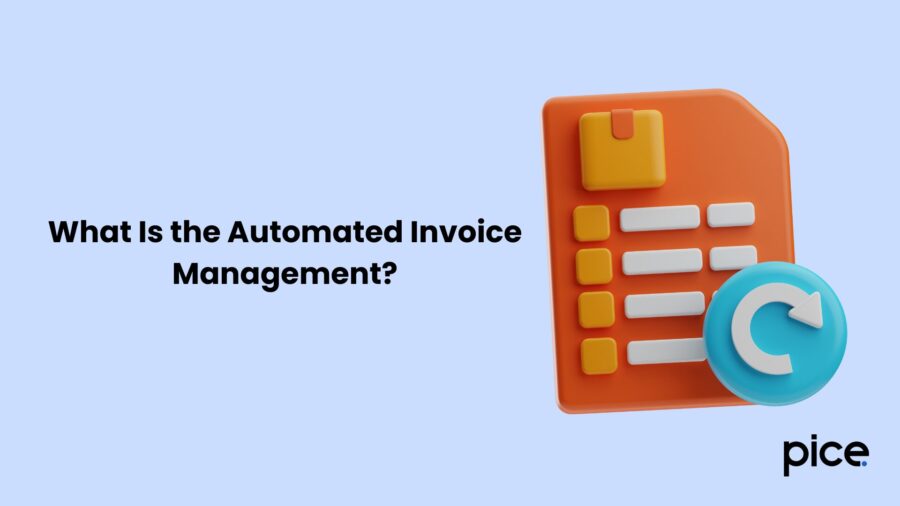
In an internal business, invoice management is a function which is linked to procurement and helps to manage and process invoice documents from suppliers and vendors. Usually, when an invoice is received, information is extracted, validated, and verified. This results in approval for payment. Most of the time, businesses archive the invoices for future reference.
Why is invoice management important?
The management of invoices is an important process for businesses as it streamlines all of their purchase and procurement data. Some points highlighting the importance of invoice management are as follows:
● It ensures the accurate reporting and recording of all procurement-related expenses.
● Businesses can identify and stop cost leaks leading to financial losses by appropriately monitoring invoice information.
● It also enables steady cash flow prediction and control.
● Adhering to external regulations and internal policies related to financial transactions and procurement.
● It enables positive relationship building with vendors and suppliers by enabling prompt and accurate processing of invoices.
What are the different types of invoices?
Different kinds of invoices are as follows:
Interim Invoice
An interim invoice, also a progress invoice, is an invoice that is raised between the initial and final stages of large project transactions. Since a project has various performance stages with the promise of payment, issuing this invoice becomes important to keep financial records. An instance of such a project can be a railway construction project.
Proforma Invoice
A pro forma invoice, also an estimate, is an invoice issued by either the seller or the supplier. The seller issues an invoice at the initial stage when a buyer places an order.
Final Invoice
As the name suggests, a final invoice is issued at the final stage of a transaction. A seller issues this invoice at the time of transaction completion or actual sale of any product to the buyer.
Recurring Invoice
Recurring invoices are usually generated by the seller for subscription-type transactions. These transactions might include invoices generated at regular intervals, such as every month, for magazine, gym, or cable companies.
Debit Invoice
If an increase in the value of a final/tax/standard invoice happens, then the seller issues a debit invoice or debit memo/debit note. This invoice acts as evidence in case of a future dispute or GST adjustment.
Credit Invoice
A seller generates this invoice if there is a decrease in the value of the final/tax/standard invoice. This invoice leads to a decrease in the amount that a buyer owes to the seller. These kinds of situations could happen due to damaged goods, after-sales discounts, or other reasons.
Collective Invoice
A collective invoice refers to an invoice that contains one or many single invoices. These invoices have their collective invoice header.
Overdue Invoice
An overdue invoice, or a past due invoice, is an invoice that a seller issues upon the expiry of the credit period in the final invoice and overdue payments. This invoice has all the same details as the final invoice, with late payment penalties or interest for payment delays.
What are the biggest challenges in invoice management?
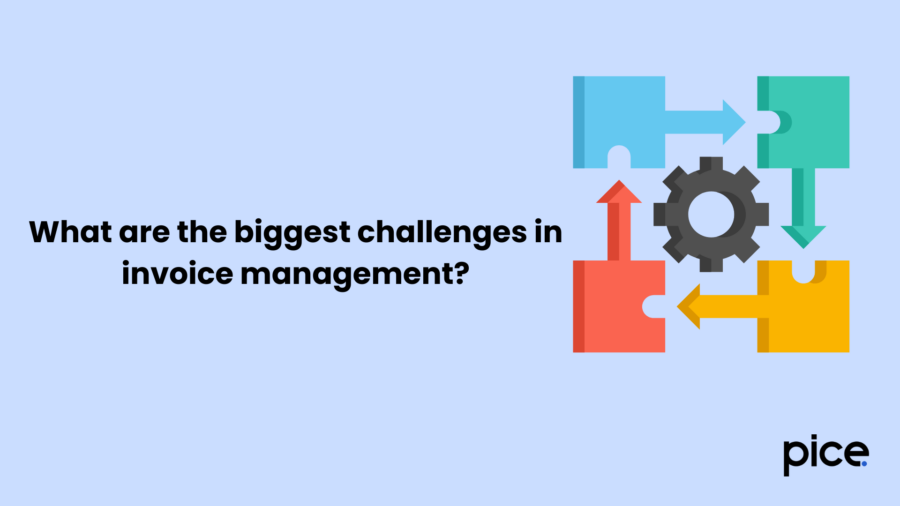
In invoice management, there are a few challenges that one may face. These challenges are as follows:
The invoicing process takes a lot of time.
It can take weeks for big businesses to process one invoice if it is done manually. This is because all of the steps, such as extraction, validation, verification, etc., can take a lot of time.
Late payments can result in penalties.
Due to this manual, time-consuming process, there can be an issue of delayed payment. This can impact vendors’ satisfaction and decrease the quality of work in a business.
Irregular payments can make you lose credibility.
Delays in payments can create a habit of irregular payments and penalties. This can lead to a loss of credibility for businesses in the eyes of vendors.
Disrupted healthy cash flow
If there is a mix of late invoices with standard ones, it can cause a lot of congestion and chaos. This can lead to a disruption in the flow of cash between the buyer and the seller.
Data extraction complexities can result in data contamination.
Along with the creation of confusion resulting in cash flow issues, the storage and extraction of data can be disturbed. In these circumstances, making an error can be common, resulting in an overall mishap.
How to manage invoices?
There are two ways to manage invoices, which are manual and automated. Below is their description:
Manual invoice management process
A manual invoice management system is when the invoice management process depends on human skill and work. This method can be useful for small businesses, but it is not recommended for large companies.
How does manual invoice management work?
There are a few primary steps in the manual management of invoices, which are as follows:
- Receiving invoices through paper invoices, email, or PDF.
- Data extraction from the invoices.
- Verification of the collected data against the received services/goods.
- Assignment of work for processing invoices.
- Entering data into the ERP/accounting spreadsheet/accounting software.
- Review and approval of the data by the finance team.
- Payment schedule after approval from the finance departments.
- Archiving of invoice details for the future.
What are the bottlenecks in the manual invoice management system?
With manual invoice processing, there can be a few challenges that can arise. These challenges can create issues with the proper processing and disrupt any business. Some of these bottlenecks in the manual invoice management system are as follows:
● Chances of human error.
● Vulnerability to data loss due to no digital backup.
● Increased invoice processing time.
● Delayed payments causing harm to a company’s financial health.
Automated invoice management process
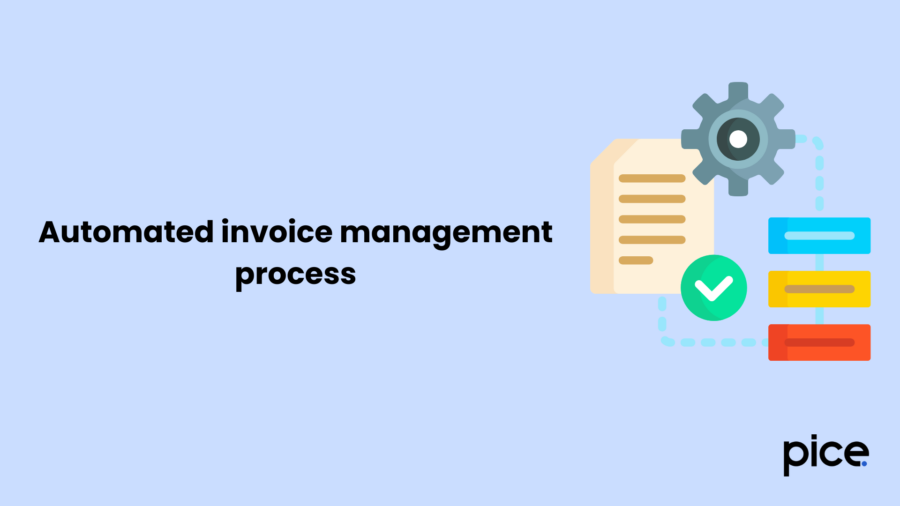
Automated invoice management software helps in the automation of invoice processing. It accelerates the processes of extraction, processing, storage, and management of invoice data. As this system is software, it eliminates human error and decreases time consumption.
How does automated invoice management work?
The software automates the work of invoice processing, and its working steps are as follows:
- Automated scan of invoices as they arrive.
- Information is uploaded into the digital system.
- Mapping of the information from the invoices into the Enterprise Resource Planning (ERP) system.
- One manual review for final approval.
- Automatic payment upon approval as per the payment terms.
- Storage of detailed records in a centralised digital database for retrieval upon loss.
Benefits of an automated invoice management system
Some of the benefits of an automated invoice management solution are as follows:
● Increased cost savings in the long term.
● Better relationships with vendors due to on-time payments.
● Higher credibility of the company.
● Increased operational efficiency at work with time savings in invoice processing.
● Reduced human error in work.
● Increased internal and external compliance with regulatory requirements.
Cons of automated invoice management
There are certain concerns about the automated invoice management systems as well. They are as follows:
● Higher time is taken for setting up the initial software for a company.
● Hidden costs of training employees to work with the software.
● In the case of small businesses, the returns might not justify the spending on the automated system.
● Susceptible to cybersecurity risks such as unauthorised access and data breaches.
Difference between manual and automated invoice management: which is best?
The following table shows the difference between manual and automated invoice management:
| Factors | Manual Invoice Management | Automated Invoice Management |
| Tracking | Manual tracking requires additional follow-up. | It is easier due to digitally stored information. |
| Approval Process | Done through in-person meetings or email. | Follows pre-set conditions for approval. |
| Error Proneness | Humanly possible errors due to various factors. | Increased accuracy due to machine work. |
| Processing Time | Longer. | Efficient and quick. |
| Corrections and Editing | Repetitive process requiring excessive time and analysing the whole chain of processing. | Possible with quick edits without going through the complete chain. |
| Data Entry | Human data entry and verification. | Machines perform scanning and sorting. |
| Initial Setup | Does not require initial set-up or training. | Requires training and effort for setup. |
| Cost | Expensive in long-term. | Higher initial costs, but cheaper in long-term. |
| Flexibility | More flexibility in aligning with non-standard or unique invoices. | Standardised digital formats such as invoice templates. |
Thus, this indicates the several advantages of automated invoice management systems. They could be better for bigger businesses.
The Transition of Automated Invoice Management Systems
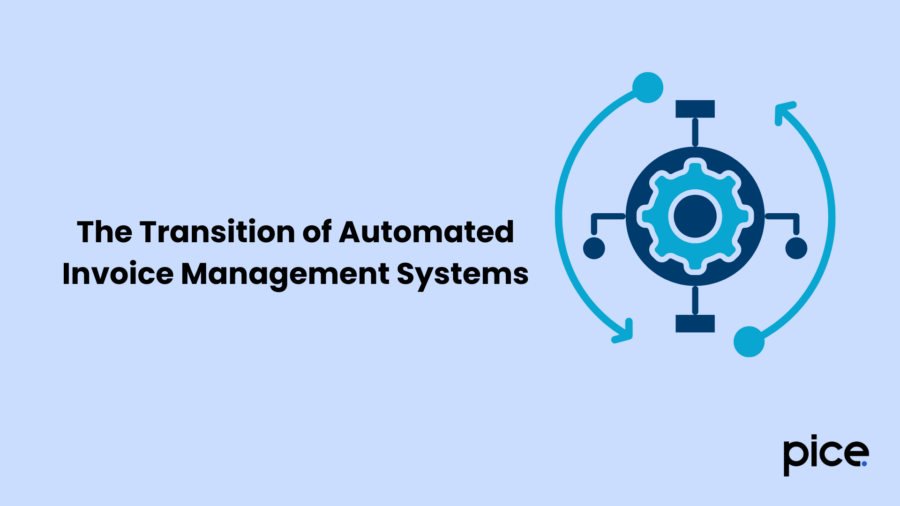
The transition of the manual processes into the automated systems happened with a few changes at a time.
● First, automation and digitisation were complemented with data entry and related tasks for moving forward from the traditional invoice management process.
● The introduction of Optical Character Recognition (OCR) technology led to more progress in automation.
● Then came the advanced integrations of machine learning (ML) and artificial intelligence (AI).
● Now, the ERP systems are very advanced with a very low error rate.
Conclusion
Embracing automated invoice management is no longer just a trend; it is becoming a necessity for businesses aiming to stay competitive and answer the question of how to manage invoices. By reducing human error, speeding up processing times, and improving record-keeping, the advanced features and digital solutions offer clear advantages over manual methods.
Although the initial investment might seem significant, the long-term gains in efficiency, accuracy, and scalability far outweigh the costs. Modern systems also integrate easily with other financial tools, creating a seamless workflow across departments. As businesses continue to grow and regulations evolve, having a reliable, automated invoice management process in place will be crucial for sustainable success and financial health.
💡If you want to streamline your invoices and make payments via credit or debit card or UPI, consider using the PICE App. Explore the PICE App today and take your business to new heights.









